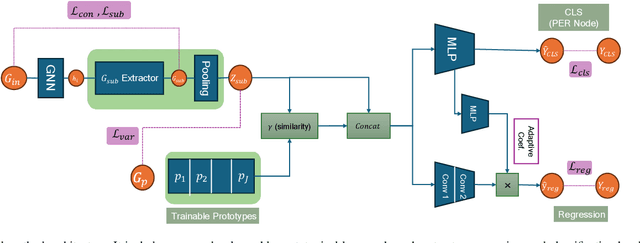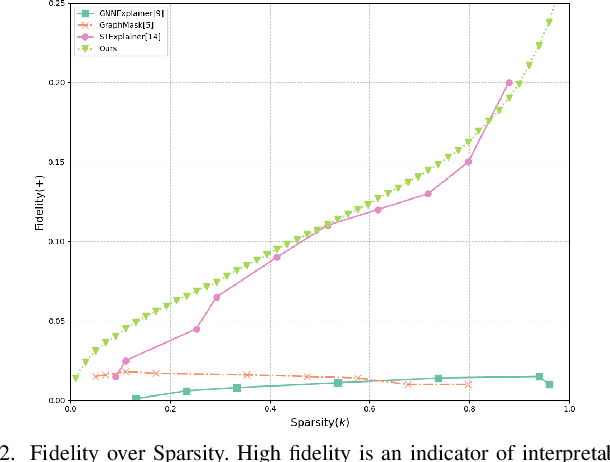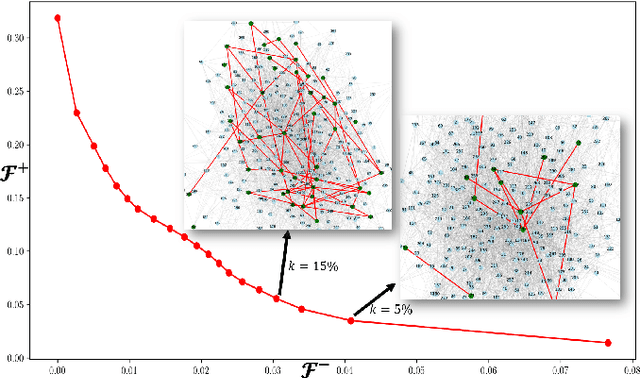GINTRIP: Interpretable Temporal Graph Regression using Information bottleneck and Prototype-based method
Paper and Code
Sep 17, 2024



Deep neural networks (DNNs) have demonstrated remarkable performance across various domains, yet their application to temporal graph regression tasks faces significant challenges regarding interpretability. This critical issue, rooted in the inherent complexity of both DNNs and underlying spatio-temporal patterns in the graph, calls for innovative solutions. While interpretability concerns in Graph Neural Networks (GNNs) mirror those of DNNs, to the best of our knowledge, no notable work has addressed the interpretability of temporal GNNs using a combination of Information Bottleneck (IB) principles and prototype-based methods. Our research introduces a novel approach that uniquely integrates these techniques to enhance the interpretability of temporal graph regression models. The key contributions of our work are threefold: We introduce the \underline{G}raph \underline{IN}terpretability in \underline{T}emporal \underline{R}egression task using \underline{I}nformation bottleneck and \underline{P}rototype (GINTRIP) framework, the first combined application of IB and prototype-based methods for interpretable temporal graph tasks. We derive a novel theoretical bound on mutual information (MI), extending the applicability of IB principles to graph regression tasks. We incorporate an unsupervised auxiliary classification head, fostering multi-task learning and diverse concept representation, which enhances the model bottleneck's interpretability. Our model is evaluated on real-world traffic datasets, outperforming existing methods in both forecasting accuracy and interpretability-related metrics.
 Add to Chrome
Add to Chrome Add to Firefox
Add to Firefox Add to Edge
Add to Edge